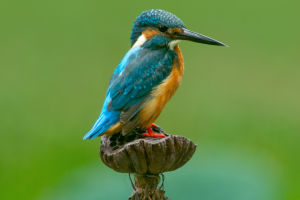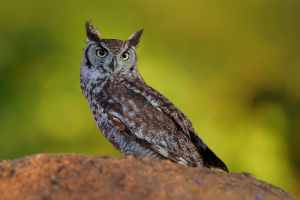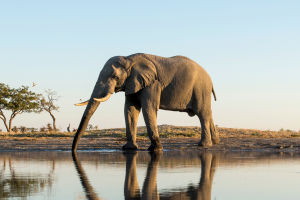Camels, often referred to as the ships of the desert, are remarkable creatures that have captivated human imagination for centuries.
Known for their ability to thrive in some of the harshest environments on Earth, these extraordinary animals play a vital role in the culture, economy, and ecology of the regions they inhabit.
1. A Marvel of Adaptation
Camels are extraordinary animals that have adapted to survive in extreme conditions. With their unique physical features, they can withstand high temperatures and scarce water supplies. Here are some remarkable adaptations:
- Water Storage: Contrary to popular belief, camels do not store water in their humps; instead, they have specialized kidneys that minimize water loss and can drink large amounts of water at once, up to 40 gallons in one go.
- Temperature Regulation: Camels can tolerate significant fluctuations in body temperature, which helps them avoid sweating during the heat of the day. Their body temperature can rise to 104°F (40°C) before they start to sweat, which conserves water.
- Unique Feet: Their broad, padded feet are designed to walk on sand without sinking, making it easier for them to traverse desert terrain.
2. Historical Significance
The history of camels dates back thousands of years, and they have been integral to the survival and development of human societies in desert regions.
- Transportation: They were essential for trade routes, enabling the transport of goods across vast deserts, such as the Silk Road.
- Cultural Importance: Camels hold cultural significance in many societies, especially in the Middle East, North Africa, and Central Asia. They feature prominently in folklore, art, and traditions, often symbolizing resilience and endurance.
3. Camels in Modern Times
Today, camels continue to play a crucial role in the lives of many people living in arid regions:
- Economic Contributions: Camels are valued for their milk, meat, and wool.
- Tourism: In recent years, camel rides have become a popular tourist attraction in many countries. Tourists flock to experience the thrill of riding camels through stunning desert landscapes, offering a unique way to connect with nature and local culture.
Fascinating Facts About Camels
To truly appreciate these magnificent creatures, here are some intriguing facts:
- Communication: Camels communicate through a variety of vocalizations, including grunts, moans, and bellows. They can also express emotions through body language, such as lowering their heads when they are calm or raising them when they feel threatened.
- Longevity: Camels can live for 40 to 50 years, making them one of the longer-lived domesticated animals. They often form strong bonds with their handlers and can be quite affectionate.
- Three Eyelids: Camels have three eyelids to protect their eyes from sand and dust. The inner eyelid is transparent and helps keep their eyes moist while still allowing them to see.
Conservation and Challenges
While camels are resilient animals, they face various challenges in the modern world. Climate change, habitat loss, and overgrazing threaten their natural habitats and the livelihoods of the communities that rely on them
Whether lykkers gazing at them in the desert, enjoying a camel ride, or savoring the taste of camel milk, these remarkable animals offer a glimpse into the beauty of nature’s adaptability and the interconnection of all living beings!
Camels Don't Mind Spines In Their Cacti | Nat Geo Wild
Video by Nat Geo WILD


